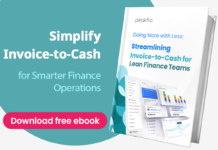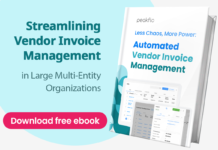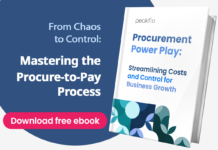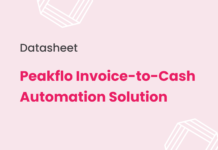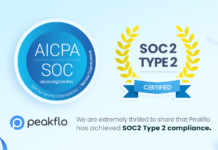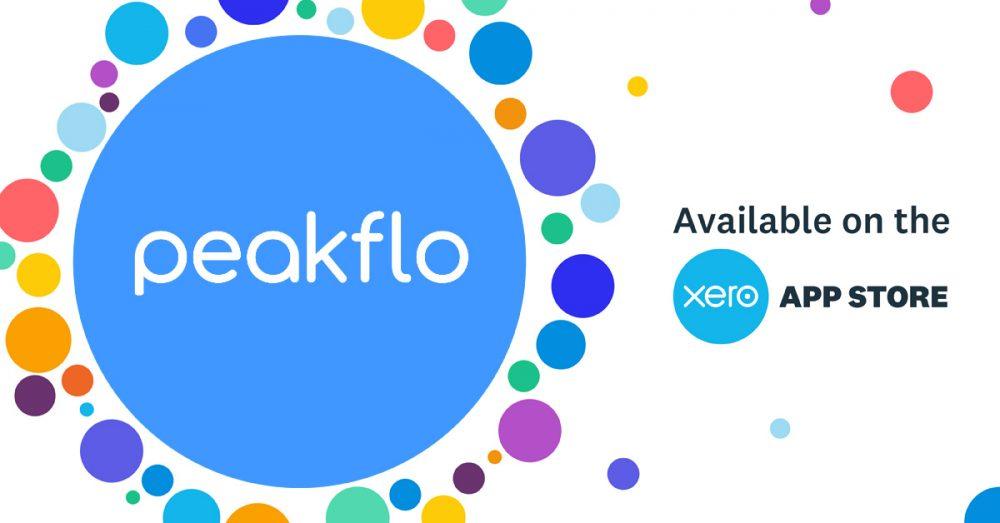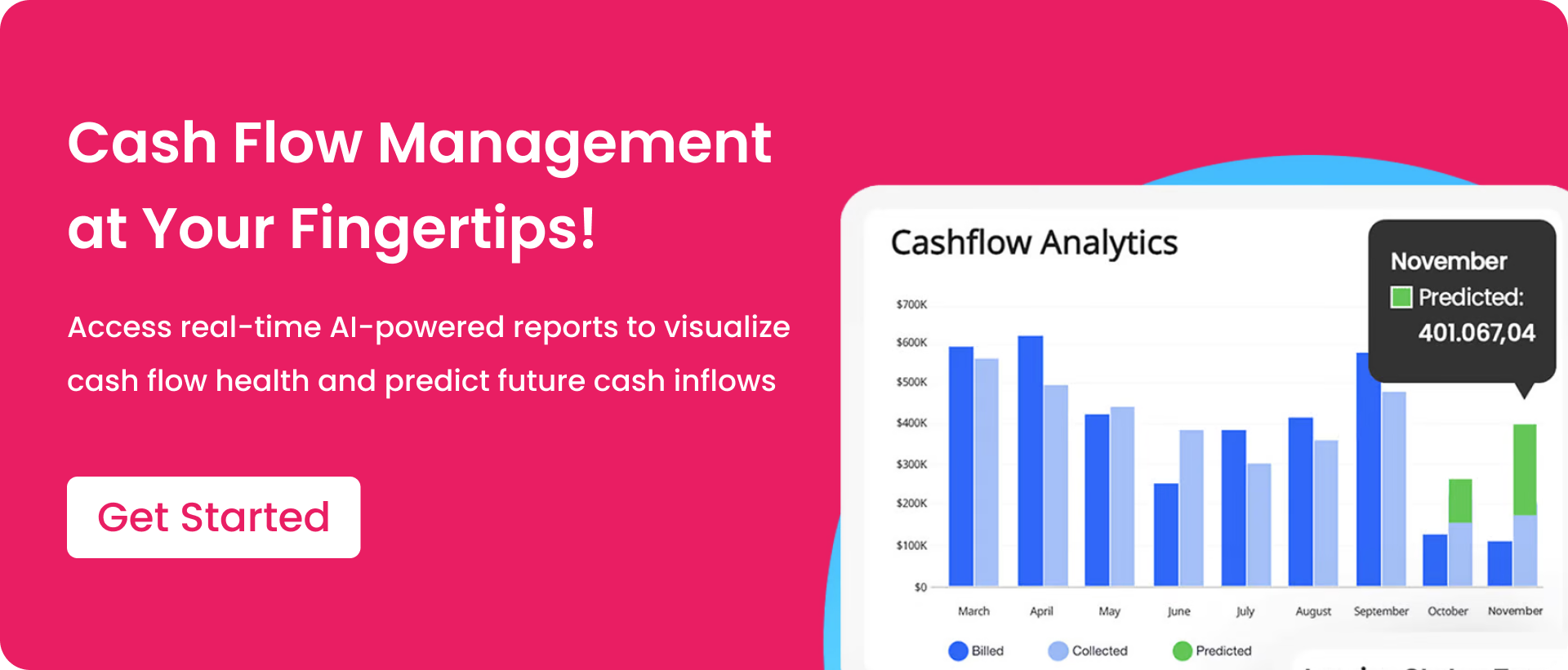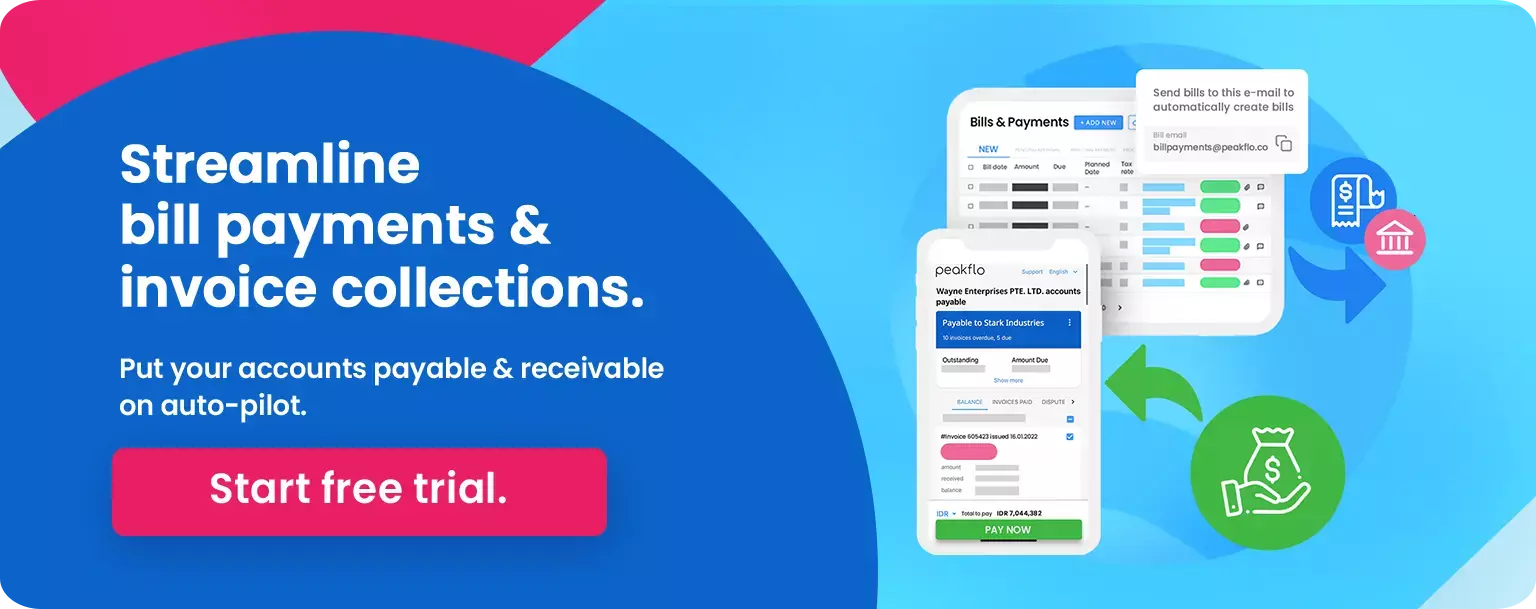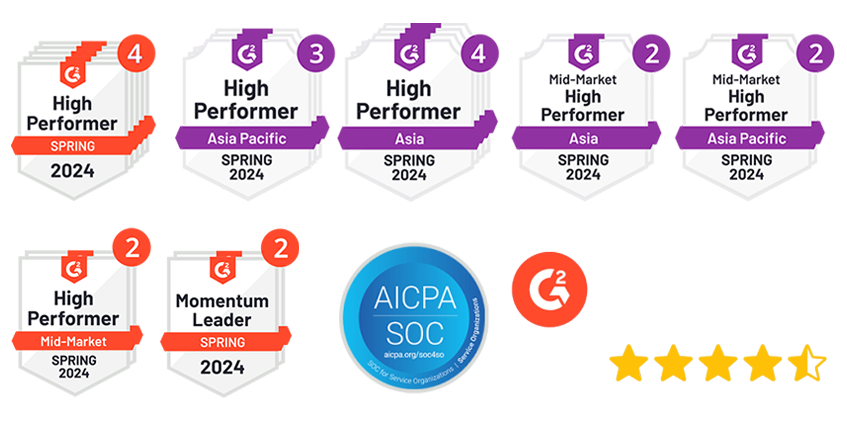It’s not surprising that maintaining sustainable growth is challenging for mid-sized companies. Despite the hurdles, businesses strive to thrive in a volatile economy. According to Harvard Business Review, mid-sized businesses need to change their approach and can’t stick to the same strategies and playbooks as they grow. What works for smaller businesses may not be effective when dealing with larger volumes and transactions. Growing a successful business is complex, and important aspects often get overlooked. For example, consider the importance of projecting and forecasting cash flow statements. The absence of these projections in critical decision-making is a key reason why many mid-sized companies struggle to sustain steady growth.
Cash flow projections are the essential pulse of a company’s financial operations. Beyond being a mere tool, they serve as a guiding compass for the CFO’s office, influencing critical decisions related to growth, stability, and the timing of seizing opportunities.
Cash Remains The Lifeblood
A cash flow statement and its predictive counterparts are critical measures of a business’s present and future condition and capacity when it comes to its most important driver – cash. Without this vital information, your business might be navigating in the dark. And the last thing you want is for it to become another statistic.
In this article, you’ll learn what a cash flow projection is, why you need it, and how to create one for flawless business financial planning, steering you clear of the pitfalls that many mid-sized companies inadvertently fall into.
What’s a Cash Flow Statement Projection?
Financial projections, in general, provide a coherent view of how a company expects to perform in the future. A cash flow projection, in this case, lays out a company’s anticipated cash coming in and out over a future period.
With precise cash flow projections on hand, companies can accurately assess future cash positions and avoid situations that can lead to cash shortfalls. In other words, it helps your company make the most out of its cash position, whether it’s in a cash shortage or surplus.
For example, in a manufacturing company, the 12 month cash flow projection suggests that there’s going to be a temporary increase in expenses and a short-term decrease in revenue. Based on the projection, the company can decide to choose not to buy expensive equipment and opt for leasing instead.
If your projection suggests a surplus in cash, you can decide to make plans to put in more money to grow your business.
Why is Cash Flow Projection Important for Mid-Sized Businesses?
Effectively managing a mid-sized business’s finances goes beyond basic financial understanding. It is important to understand that meticulous attention to detail is crucial for success. That’s why growing mid-sized businesses prioritize staying on top of financial reports, with a particular focus on cash flow statements to strive.
The cash flow statement is often viewed as the most essential among the financial statements simply because it paints a clear picture of a company’s lifeblood. It shows you where your cash has gone, allowing you to plan how you’ll meet obligations while staying solvent.
But, a cash flow statement is just a snapshot of cash performance during a past period. Yes, it provides a picture of your cash flow health here and now, but to get a better handle on it, you’ll need to create models that help guide your decisions and prepare you for unexpected circumstances.
Direct Vs. Indirect Method of Forecasting
There are two methods by which you can create cash flow projections – direct and indirect. While both get you the same result (your projected cash flow), each method has its way of getting there. We’ll go over what is what, showing you a cash flow statement with examples for each technique so you can determine which is best to use for your projections.
-
Cash Flow Statement with Direct Method
The direct method goes directly into detail regarding cash that’ll come in and out of your company over a future period. This means that you and your finance team will project actual cash transactions instead of non-cash ones like the typical sale on credit you make with customers.
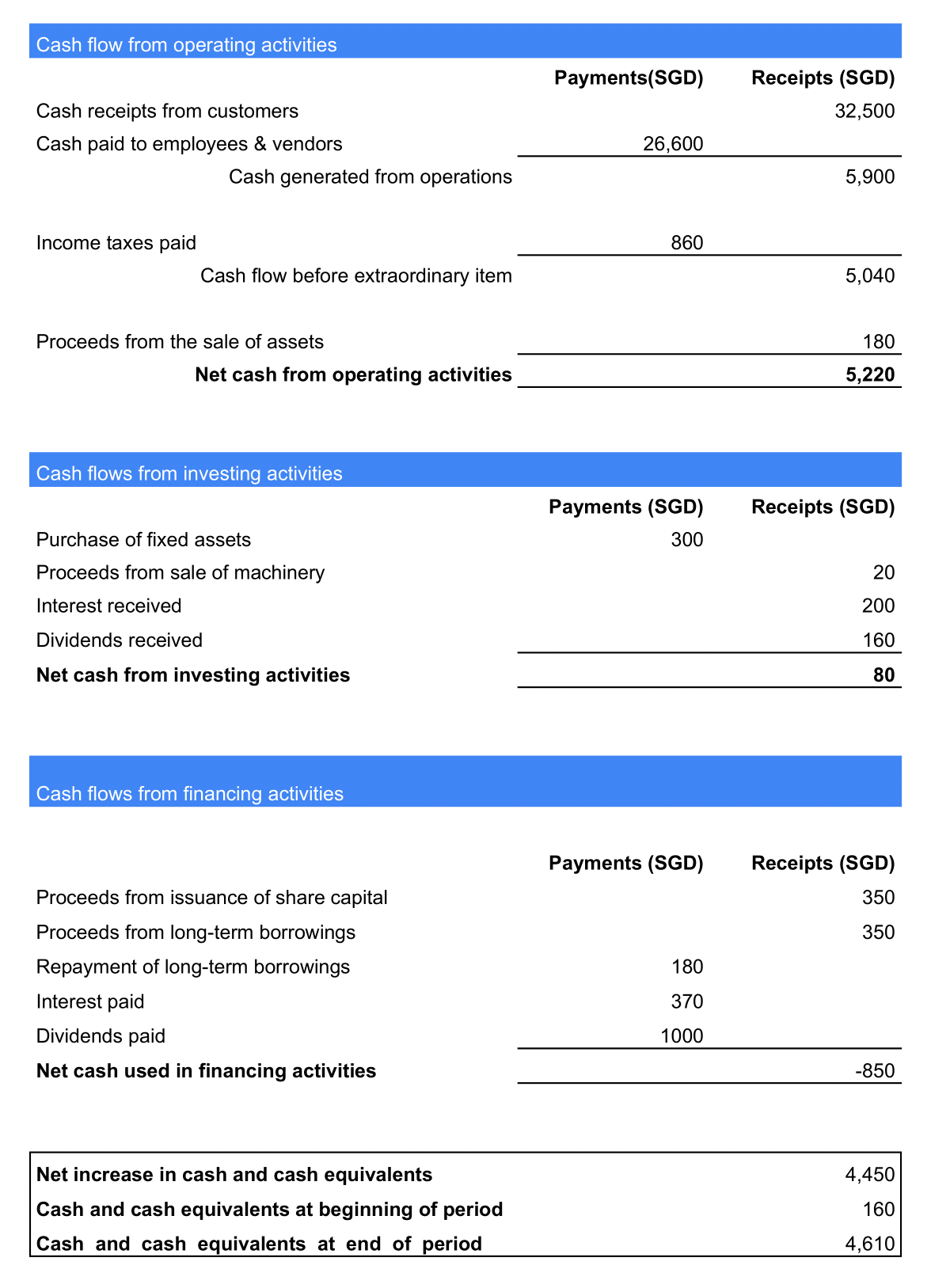
As you can see in this cash flow statement example, this method projects the actual cash your business will receive and payout over your chosen period. It itemizes every actual cash transaction, like the ones you’ll use for operational expenses and the money you expect to receive from clients.
This method provides an accurate way to predict cash flow, at least for the short term. However, the accuracy deteriorates for longer timeframes since it can be challenging to predict details the longer it gets.
-
Cash Flow Statements with Indirect Method
This method remains the most popular among businesses as it is easier to use in forecasting, using data from the company’s income statement and balance sheet. Unlike the direct method, this technique doesn’t take much time to prepare since it doesn’t get into actual cash transaction details. Take a look at this cash flow statement example:
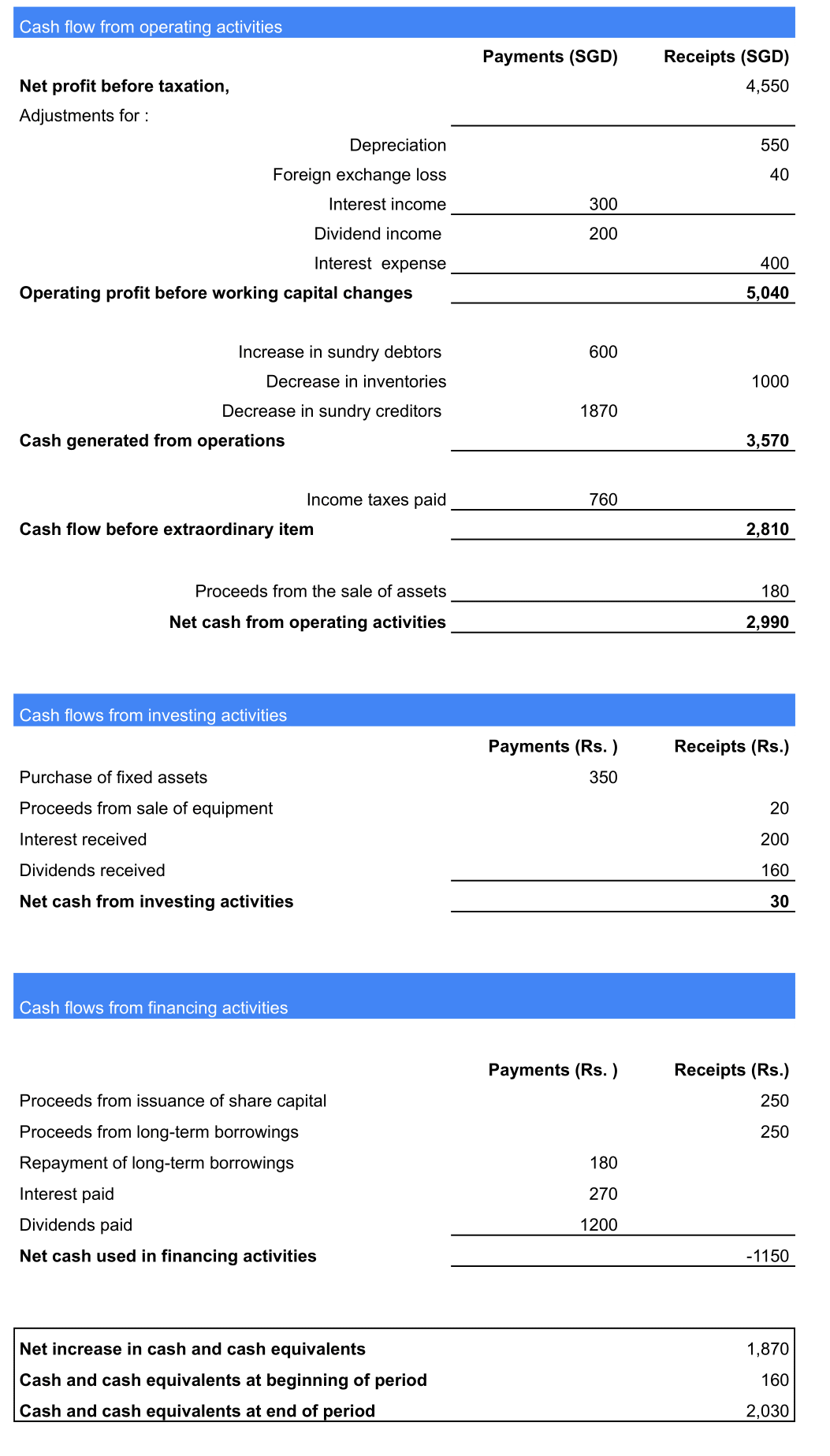
Looking at this cash flow projection with the indirect method, we can immediately see that it uses data from the other financial statements. It starts with the company’s net income as the top line, with entries from the income statement and balance sheet added or omitted to adjust to an actual cash basis.
This method comes in handy when your business has a large number of recorded transactions.
Which Forecasting Method is Better for You?
The forecasting method your business should go for depends on its nature. If your company performs too many transactions all year round, a cash flow projection with an indirect method could be your go-to. If you prefer more accurate short-term predictions, the direct method might suit you better.
There is no correct way to choose a cash flow method when putting up a report or projection. You’ll just have to determine which method suits your current goals since both get to the same bottom line.
4 Simple Ways to Prepare Cash Flow Projections
Now that you understand the importance of cash flow projections for your business and the methods you can use, it’s time to get into more detail about preparing a cash flow projection that’s intuitive and helpful.
Here are five easy ways to prepare cash flow projections that you can count on when ensuring that your company stays on top of its cash flow.
1. Figure Out An Ideal Timeframe
The first step in writing your projection is deciding which period you would want to cover. Businesses generally go for 12-month periods, like the cash flow statement samples we shared for download above. But there’s no stopping you from creating semi-annual, monthly, or even weekly forecasts. The key is planning as far ahead as you can without compromising accuracy. See, the farther in time you try to cover, the less precise you may get.
Now, if you’ve done this for a long time, meaning you already have a lot of data from past projections, or you have a very predictable year-over-year output, your projections are walks in the park. But, if you’re starting out and just getting your hands on projections, you might want to keep it leaning over the short term to ensure accuracy.
You can always tweak your forecasts as you handle your business and get more precise estimates.
2. Come Up With Your Cash Inflows
The next step is to predict the amount of cash that will be coming in during your chosen period. If you’ve been in business for a while, you already have lots of data to look back to for guidance. A good practice is to look at the last period’s numbers to get a better idea of what you can expect during the next.
Going in retrospect also lets you look at the highs and lows of the past, allowing you to gauge their likelihood of repeating.
If you’re a startup with little transaction history, your best approach would be to look at expenses and figure out how much you will have to make to cover these costs and make a profit.
Remember that since this is a cash flow statement projection, keep things on a cash basis. You’ll have to record actual cash transactions, like when customers pay instead of just receiving an invoice.
Apart from income, include all other non-sale inflows like tax refunds, royalties, investments, and grants. The objective is to come up with an estimate of all cash coming in during the period.
3. Estimate Your Cash Outflows
Now that you have a precise estimate of the money coming into your business, you’ll have to define the money that’ll come out clearly. List all of your estimated cash outflows. These are cash that your business will use to pay for its everyday needs. As with your estimated cash inflow, going the retrospect route helps a lot when getting specific with your outflows.
Even if you’re new, you probably already have a good idea of the expenses you’ll incur. Now’s the time to put all of that on paper, on a cash basis. Include every outflow from operational to non-operational costs to loan and tax payments to come up with a total net outflow.
4. Get Everything Together
You’ve got your estimated cash coming in and out. It’s time to organize all of it into a single report. Separate the entries between two categories – money coming in and coming out. Each category should have specific entries for each account. Rows consist of entries, while the columns are the time intervals that divide your chosen period. When listing all the entries, try to be specific as much as possible to ensure an accurate model.
Start with the amount of cash on hand for each interval, adding and subtracting as needed to develop a cash position at the end of each interval (typically a month). Here’s a cash flow statement example:
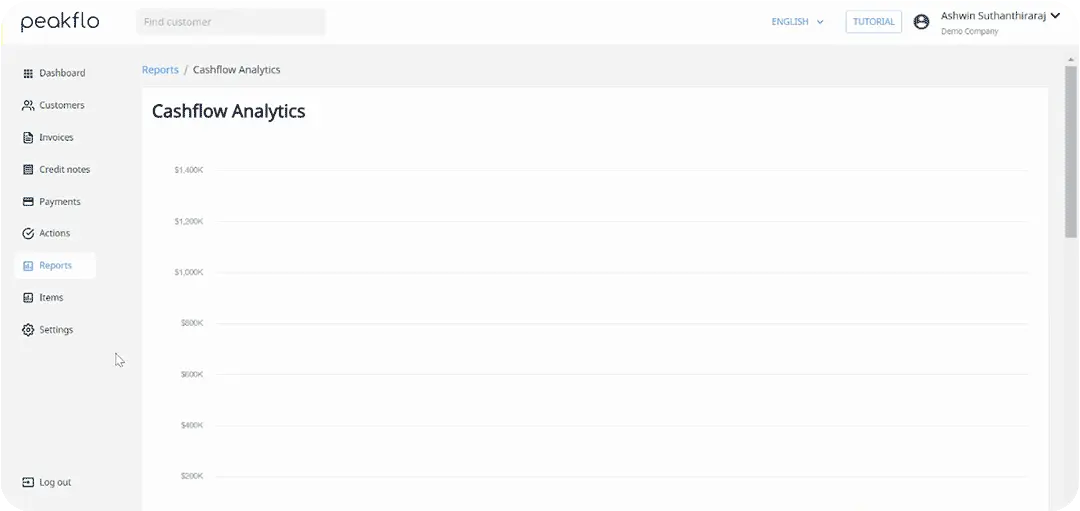
Having a cash flow projection like this gives you a better view of what things will be like in terms of cash flowing in and out. As you can see, the prediction we came up with is a running total, which estimates month-over-month cash flow, allowing you to get a clear picture of what to expect over the period.
Say you see a surplus in those coming months; it might compel you to decide to buy equipment or any valuable asset over the period. If you project a shortage, now is the perfect time to be proactive, plan ahead to turn things around, and make sure you’ll meet every obligation.
Common Pitfalls to Avoid While Preparing Cash Flow Projection
Sales Projections
- Avoid overly optimistic sales forecasts for accurate projections.
- Keep sales estimates realistic to ensure dependable cash flow projections.
Managing Accounts Receivable
- Accurately reflect customer payment behavior in projections.
- Adjust projection cycles to match actual payment patterns, especially if customers tend to pay on the last possible day despite a 30-day schedule.
Handling Accounts Payable
- Include annual and quarterly bills in payables projections.
- Consider potential changes in tax rates if reaching a new tax level is anticipated.
Adapting to Cyclical Trends
- Account for seasonal fluctuations and industry-specific cyclical trends.
- Analyze historical data to identify patterns and adjust projections accordingly.
Contingencies for Unexpected Events
- Integrate contingencies in projections for unforeseen circumstances.
- Establish buffers to mitigate the impact of unexpected events on cash flow.
Scenario Planning
- Create projections for best-case, worst-case, and moderate scenarios.
- Assess the impact of various circumstances on cash flow to stay prepared for different business outcomes.
Take Advantage of Cash Management Software
Ensuring that cash stays in your hands is a top priority, which is why you should never miss out on planning for its future. Peakflo allows you to put your cash management on autopilot to ensure you always stay on top of your lifeblood. Take advantage of our advanced reporting feature that lets you generate reports on the fly.
Learn more about how we can help you achieve peak cash flow.










![Why AI Sales Calls Are Making Good Sales Reps Even Better [2025 Guide] ai sales calls](https://blog.peakflo.co/wp-content/uploads/2025/09/65168cf6-3001-4733-8cbc-12d5684cf449-218x150.webp)






